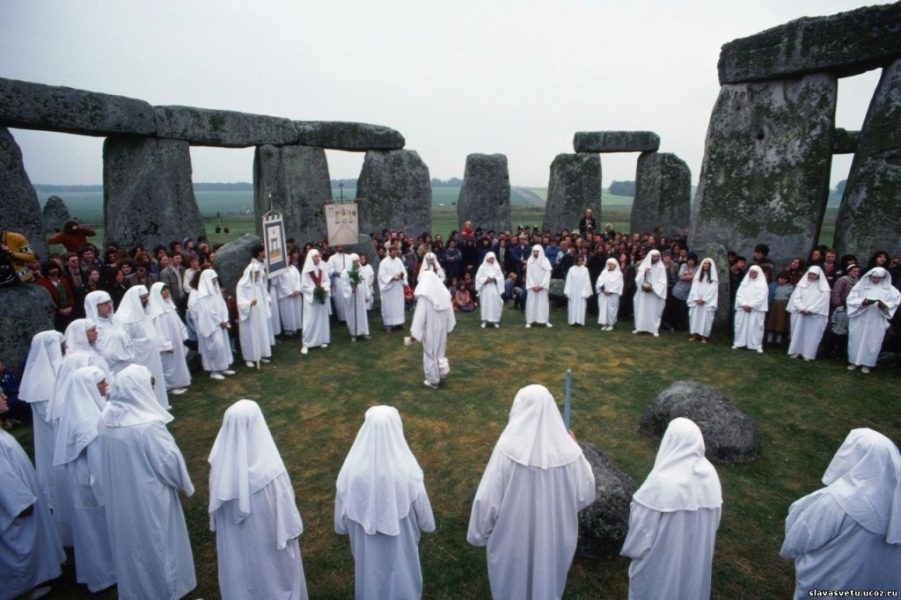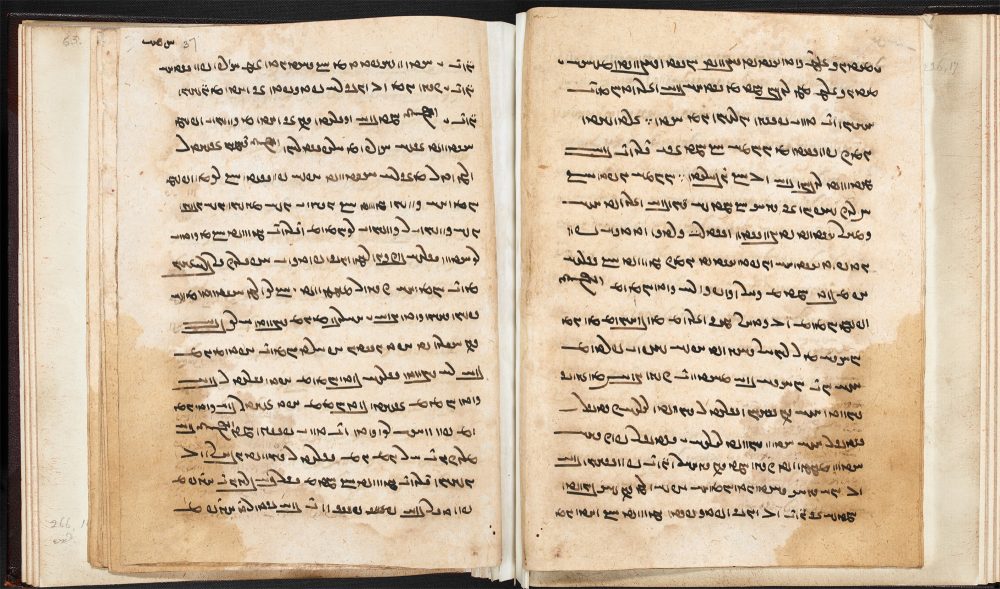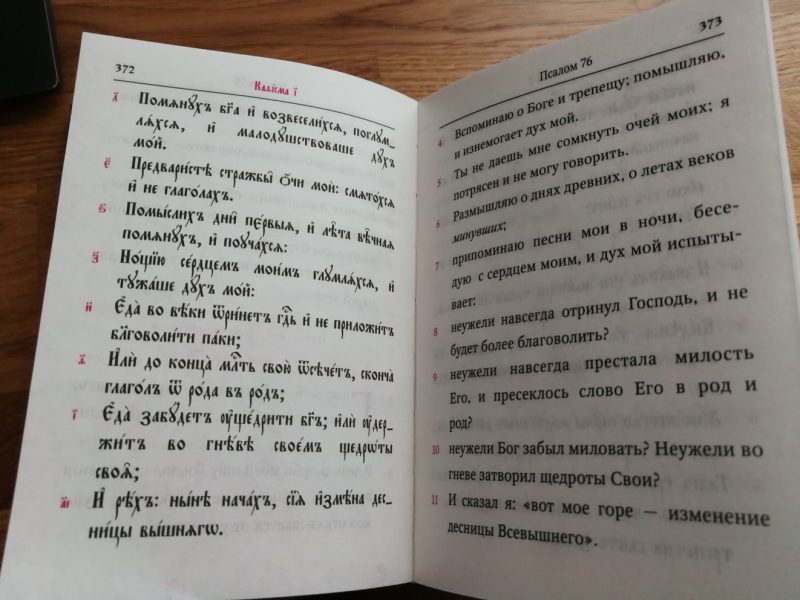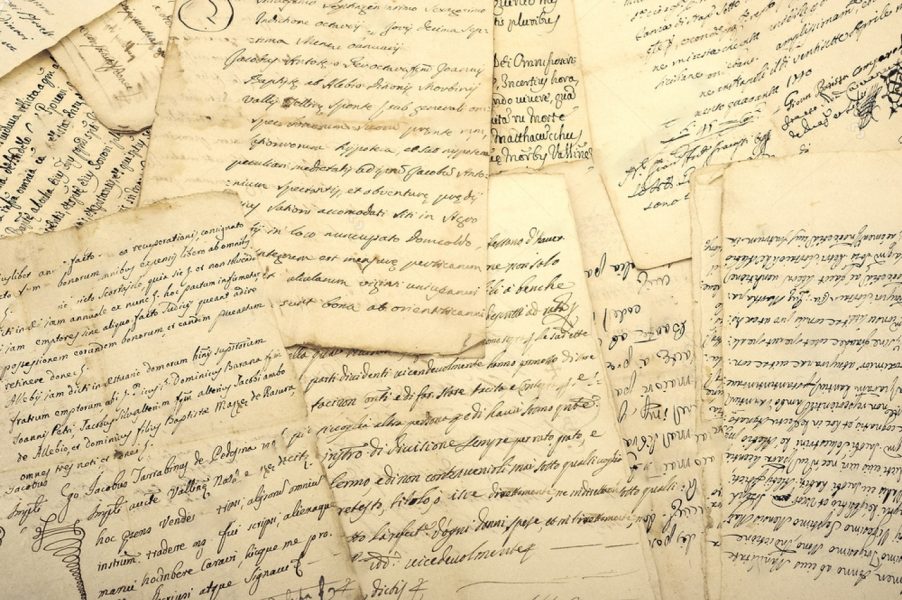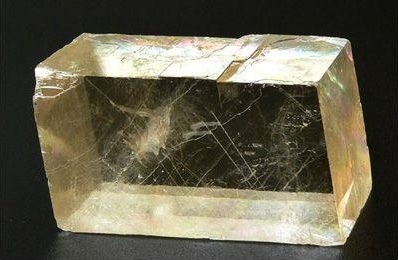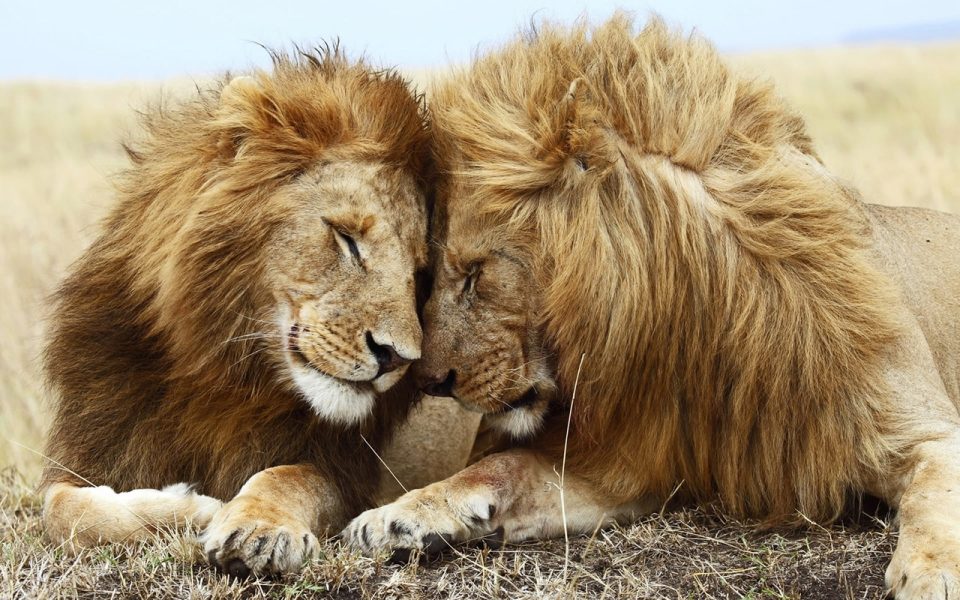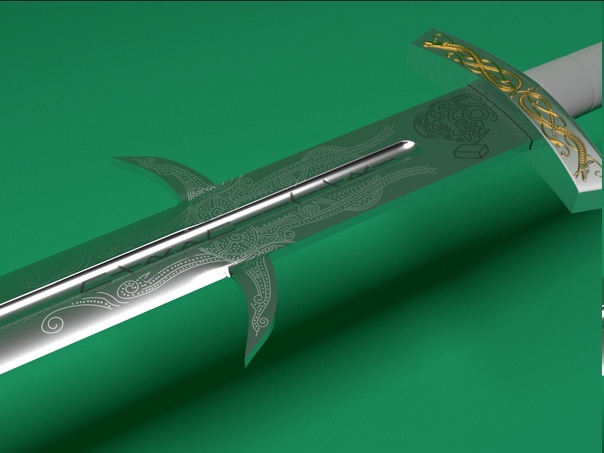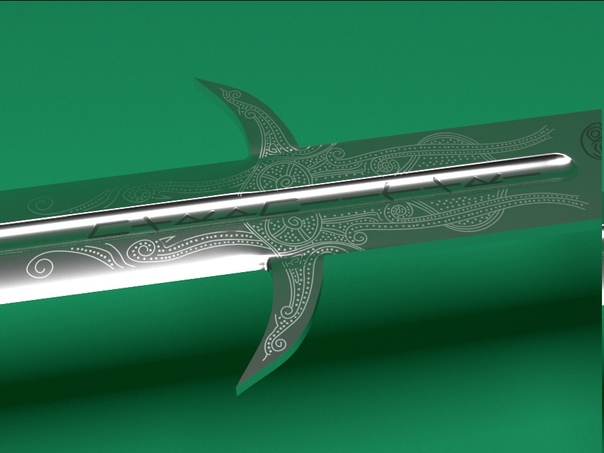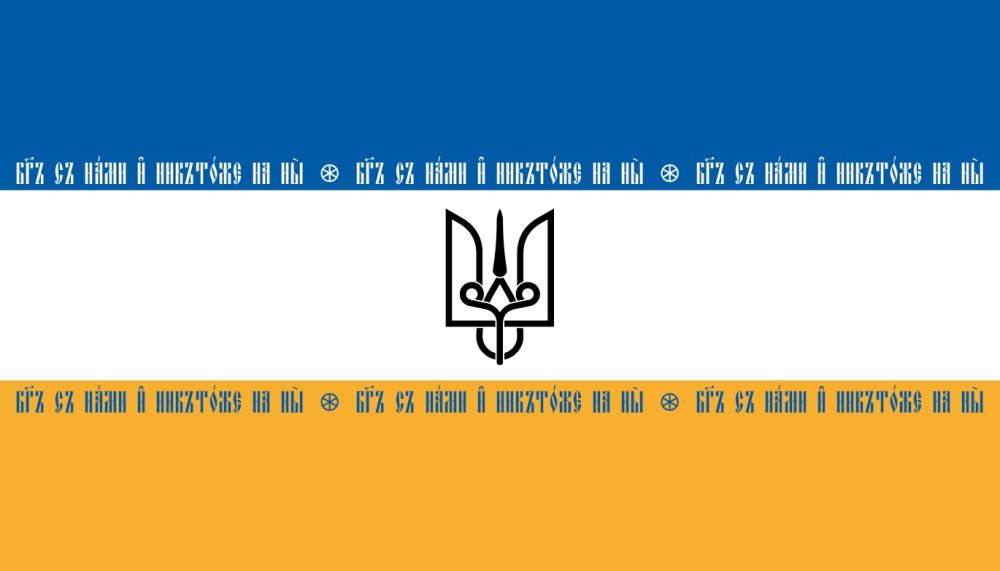I thought that at least today I would write a post on time, and not at night. Yeah, well yes.
Today we’ll talk about sects again. In general, they are distinguished by a fairly wide variety of stories of their birth and theses, but usually they pursue the same idea - to soften the muscles of the members so that they do what the top wants. Friends, please don’t join a sect.
I'll tell you about one relatively old, but little-known. It is interfaith, does not have an official name and is covered with a sort of veneer of mystery - something like the Freemasons, only even more incomprehensible. Their final goal is very clear and banal -
destroy all magic.
Nope, I'm not kidding. These guys (we ironically dubbed them Bortsunami) really believe that magic is the root of all the problems that humanity can have. The reasoning is this: any magical action implies a deal with demons/demons/evil spirits, who will then grab your little soul and drag you to the underworld.
You understand that this is complete nonsense, right? Not every magical action involves the attraction of some foreign entities; Even the largest religions classify such things into a separate category and prohibit only this - along with the resurrection of the dead.
Moreover, if all the magic suddenly disappeared at once, then we would have to say goodbye to the Gearts and Alvas. In the former, the intrauterine development of embryos and the intellectual development of infants is disrupted; in the latter, the psyche begins to seriously suffer from longevity. These are well-known facts, proven by science a long time ago.
Both religious and secular organizations fought against the Bortsuns, but all to no avail: they still somehow lure adherents to themselves and influence fragile minds. And this has been going on for four centuries, no less.
Therefore, I will repeat once again: do not join sects and think about all the dogmas that anyone offers you. Amen.

